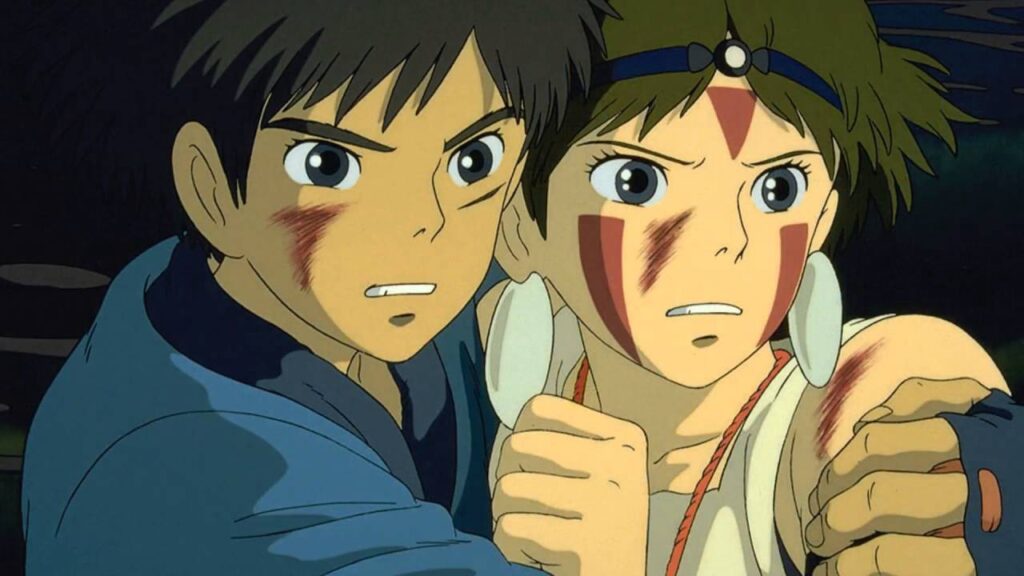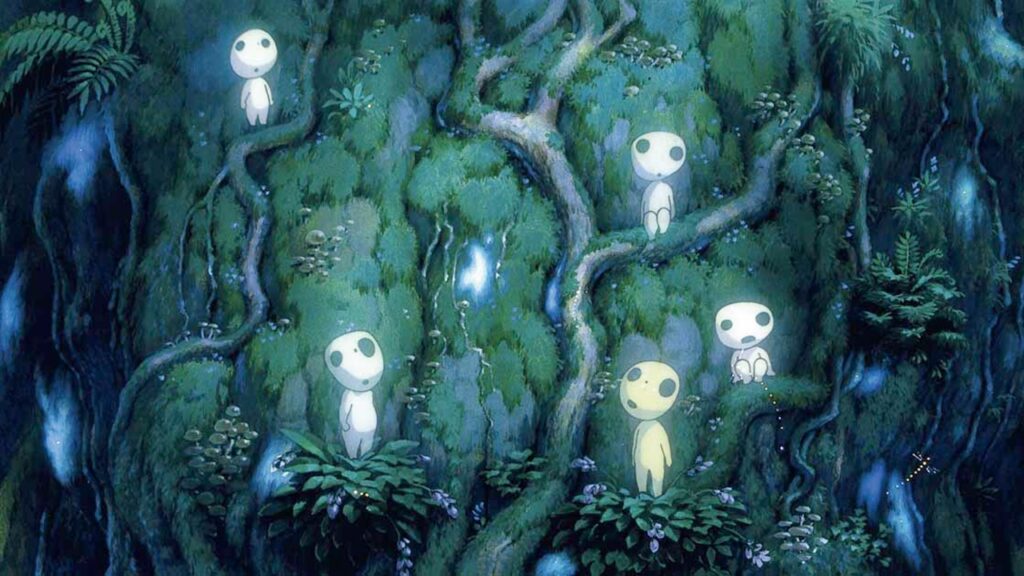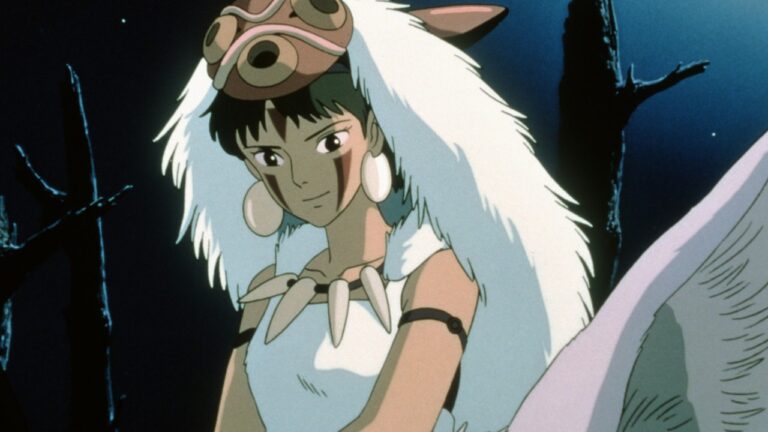When we talk about the most powerful and enduring works in Japanese animation, ‘Princess Mononoke‘ stands as one of the most defining creations of Hayao Miyazaki and Studio Ghibli. Released in 1997, this Japanese animated historical fantasy film reshaped the global perception of animation as a serious art form. With its masterful blend of ecological symbolism, feminist themes, and spiritual depth, it captures the fragile balance between humanity, industry, and nature.
What makes Princess Mononoke remarkable is how it refuses to take sides. It presents its world with honesty and moral ambiguity, asking us to reflect on the price of progress and the meaning of harmony in a world divided by greed and survival.
A Tale of Conflict, Compassion, and the Quest for Coexistence

Set during the Muromachi period of Japan, the film follows Ashitaka, the last prince of the Emishi tribe, who is cursed by a demon while defending his village. His arm bears the mark of corruption, granting him immense power but also foreshadowing his eventual death. Seeking a cure, he travels west and becomes caught between two clashing worlds. One is Irontown, led by Lady Eboshi, a woman who represents human ambition and resilience. The other is the ancient forest, home to gods, spirits, and San, a human girl raised by wolves who fights to protect the land from human intrusion.
Through Ashitaka’s journey, we are drawn into a story that examines humanity’s complex relationship with nature. Lady Eboshi is not a villain; she provides refuge to women once forced into prostitution and to lepers abandoned by society. Her vision of progress is rooted in compassion, yet it devastates the forest. San, in contrast, embraces the fierce spirit of nature’s guardianship. Though human, she rejects her own kind, living as one with the wolves who raised her. And Ashitaka, standing between them, becomes the moral bridge, searching for a way where both humanity and nature can coexist without destroying each other.
The curse on Ashitaka becomes a symbol of our collective guilt. It grants strength but also consumes, reminding us that every act of violence or exploitation carries a cost. Even the divine beings of the forest are not beyond this truth. The Forest Spirit, a god of both life and death, heals and destroys in equal measure. When it is killed by Eboshi, chaos consumes the entire forest, but in its eventual death, the world is reborn again. Miyazaki portrays this cycle of decay and renewal as an inevitable rhythm of existence.
This tension between human advancement and natural balance mirrors our own world. The iron mines and forges of Irontown represent industry and progress, yet they strip the land of its life. The forest represents balance, harmony, and the quiet intelligence of the natural world. Between them stand those like Ashitaka and San, who understand both sides but belong entirely to neither.
The artistry of Princess Mononoke deepens these ideas. Each hand-drawn frame breathes with texture and purpose, from the misty woods filled with kodama to the glowing eyes of the wolf gods. Miyazaki’s choice to combine traditional animation with subtle computer-generated techniques marked a turning point for Studio Ghibli. It was a technical and artistic achievement that showcased how innovation could enhance rather than replace human creativity. Joe Hisaishi’s score elevates the film further, expressing emotions that words cannot, guiding us through moments of awe, sorrow, and quiet revelation.
Finding Renewal in the Uncertain Peace of Princess Mononoke

After its release, Princess Mononoke became Japan’s highest-grossing film, marking a turning point for Studio Ghibli’s global influence. Its international release through Walt Disney Studios and Miramax Films brought Miyazaki’s vision to Western audiences, with a carefully adapted English translation by Neil Gaiman. Though it saw limited commercial success abroad, its reputation grew steadily, becoming one of history’s most respected and discussed animated films. Its themes of environmentalism, spirituality, and human complexity continue to resonate decades later, influencing filmmakers and audiences alike.
In the film’s conclusion, Ashitaka chooses to stay with the people of Irontown to help rebuild their community with respect for nature. At the same time, San returns to the forest, unwilling to forgive humanity yet not ready to abandon hope. Their parting is quiet and uncertain, reflecting the fragile understanding between two worlds. There is no perfect harmony, only the promise of coexistence through empathy and awareness.
Perhaps this is what Miyazaki wanted us to think about. Proper balance is not something permanent but something we must work toward every day. As the forest begins to grow again, we are left with questions instead of answers. What kind of progress are we seeking? Can humanity and nature exist together without losing one another? The film closes, but its meaning continues to unfold, leaving us with the same uncertainty and hope that make Princess Mononoke timeless.





Beautifully penned! It’s definitely worth a watch to make our generation aware of the challenges we face in the name of science. There aren’t that many movies who rely such strong message like Miyazaki did